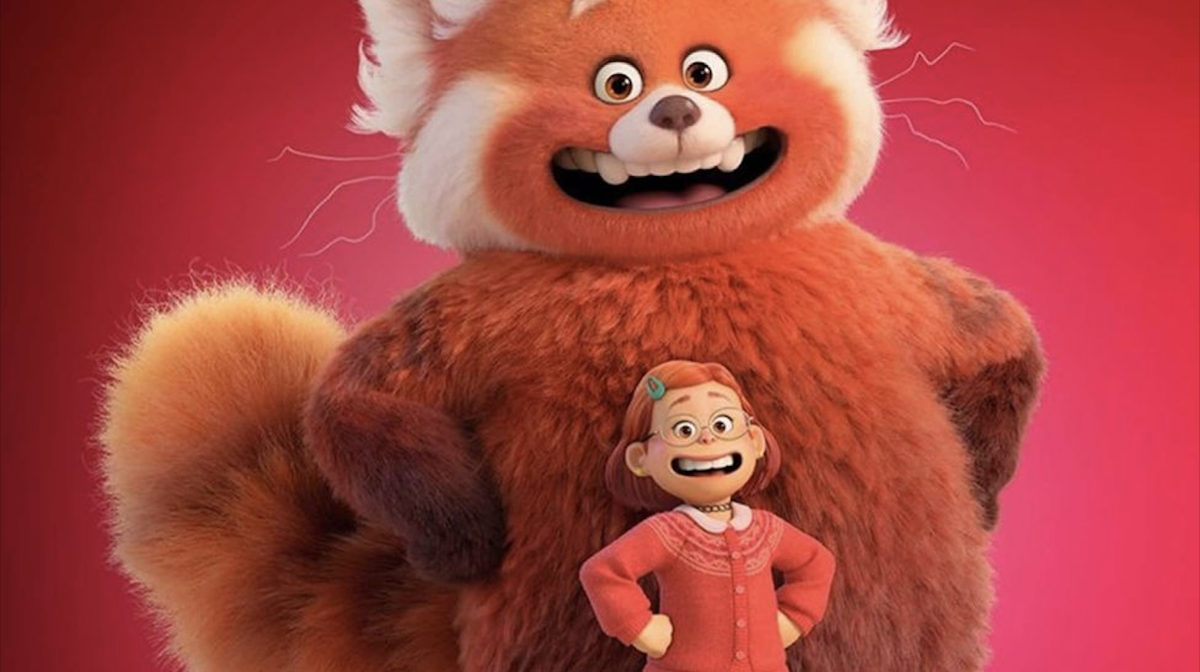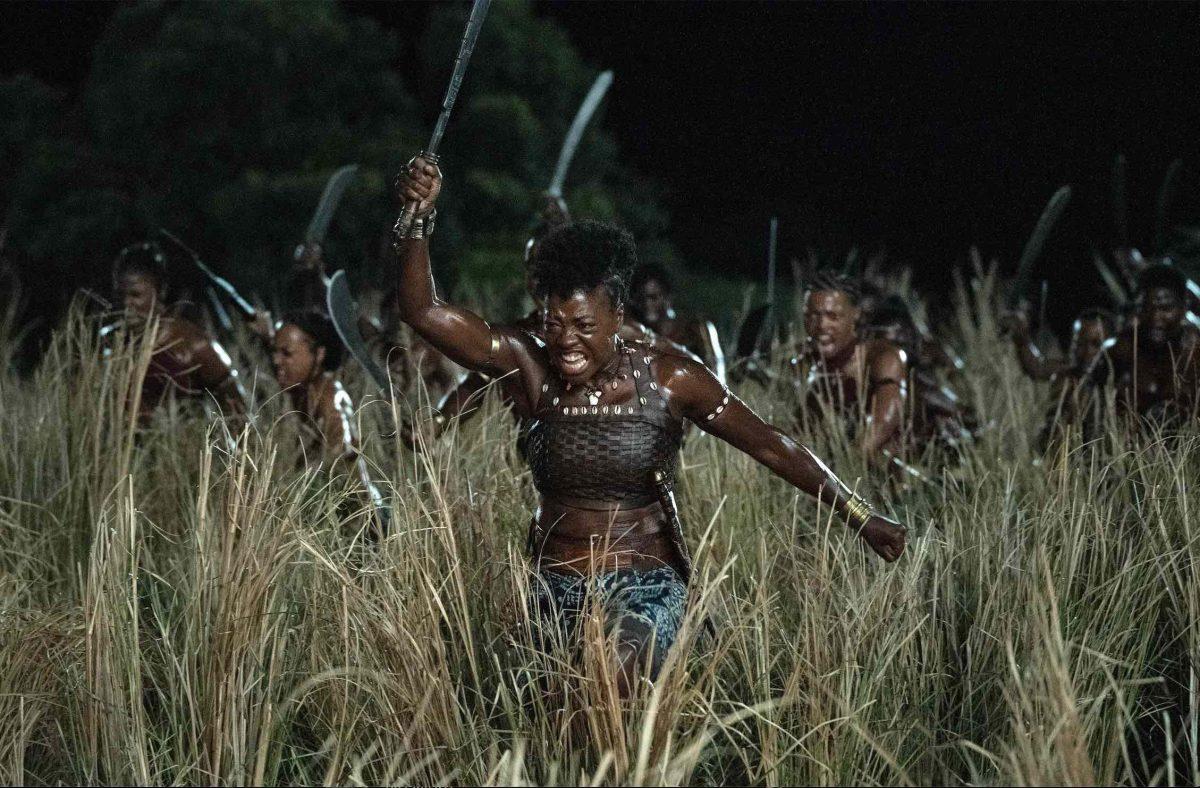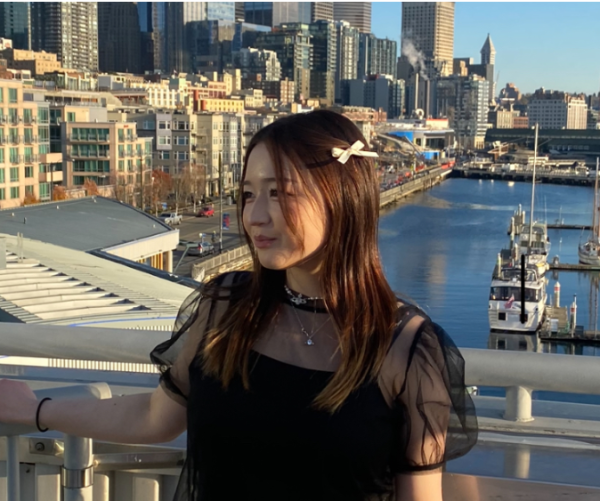Miina McCown/The Broadside
Recently, Disney Pixar released an animated film called “Turning Red,” which was released both on Disney+ and in theaters in early March. The film follows Mei Lee, a 13-year-old Chinese American girl who is torn between being her mother’s perfect daughter and the chaotic and awkward stages of her youth. And due to powers from her ancestors, she discovers that puberty is not the only changes that she is going through, as she begins turning into a big red panda when feeling any strong emotion.
According to the New York Times, “Turning Red” was Pixar’s first ever feature film to be directed, written and produced all by women, with Domee Shi being the first female filmmaker with a sole directing credit on a Pixar movie.
While most Pixar films are created with an intentionally broad appeal, “Turning Red” went in a slightly different direction through its polarizing and niche ideas guaranteed to appeal to specific audiences among the general public.
Shortly after transforming into a red panda for the first time, Mei is understandably freaked out, as well as disgusted by the smell coming from her armpits and her new fur. After screaming in shock, Mei’s mother bursts into the bathroom with painkillers and a stack of sanitary pads, asking if “the red peony bloomed.” It doesn’t take a detective to figure out what the red panda is symbolizing.
Not only did the film find witty and subtle ways to incorporate metaphors for puberty in a family friendly movie, but it also incorporated many detailed references and ideas relating to early 2000s teen culture, Toronto and growing up in an Asian household.
Taking place in 2001, the main goal of Mei and her gang of nerdy friends was to go to the concert of their favorite boy band, which was very reminiscent of the Backstreet Boys. However, her mother would not let her go due to her fear of Mei transforming into the panda. This leads to a fight between the mother and daughter, becoming the climax of the story.
As an Asian American, I not only found the film funny and all around enjoyable, but also very relatable. Everything from Mei’s strict mother with her cleaning routines to the items around their house to Mei’s over achiever attitude in school (while wanting to keep up with her fan interests) reminded me so much of myself when I was her age.
I also found the film to have a very satisfying and heartfelt ending, with Mei reconnecting with her mother after fighting and coming to embrace and accept the changes of growing up, as well as her culture.
While the film has a well-deserved 94% critic score on Rotten Tomatoes, the audience rating isn’t as high, being at 73%. In general, the film received some backlash, mainly from parents annoyed with the references to puberty and Mei disobeying her mother or from men offended by a POC (Person of Color) female main character, using it as an excuse to disguise their misogyny.
Overall, the film was well received, and I would recommend it to anyone looking for a funny and exciting story. It was enjoyable on many levels, as well as being visually pleasing in the art department. I could tell that the animators and character designers put a lot of thought into their work, as well as taking influences from a wide variety of media, including western cartoons and Japanese anime.





















